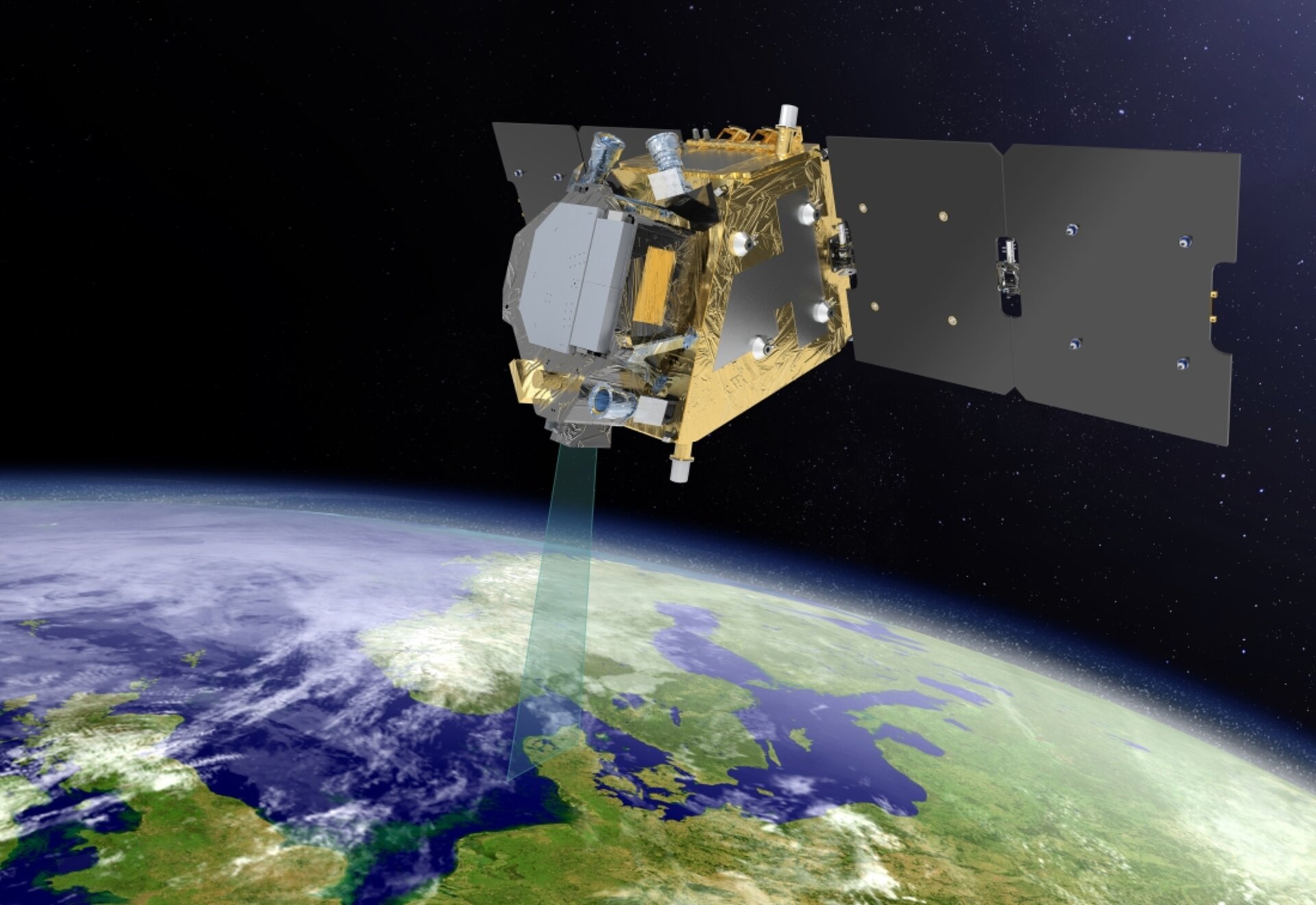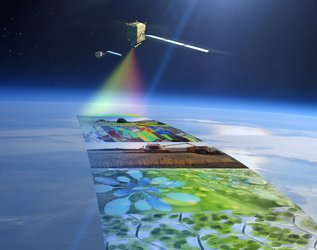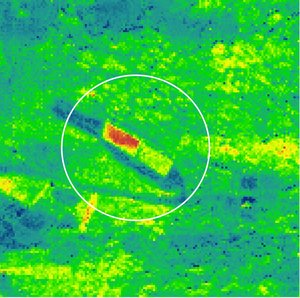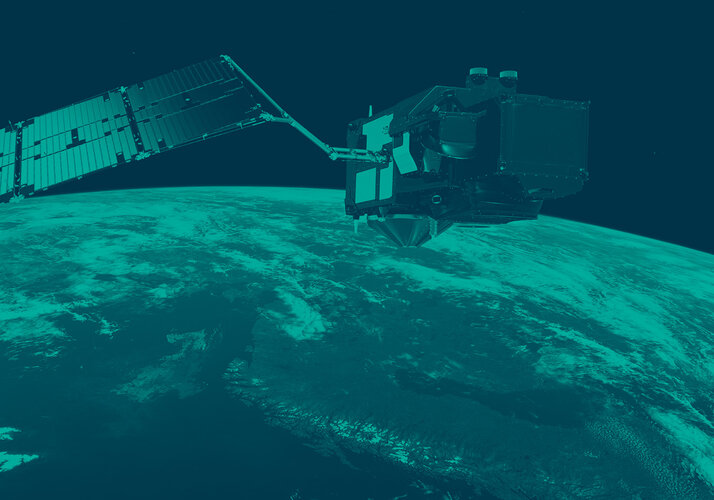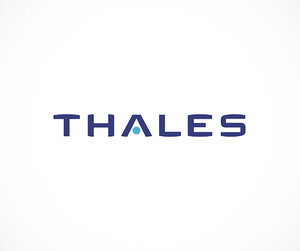Thales Alenia Space leads the build of photosynthesis mission
A new contract seals the deal for Thales Alenia Space to lead the consortium that is building ESA’s photosynthesis mission: FLEX.
Remarkably, from over 800 km above Earth, this novel mission will yield information about the health of the world’s plants by measuring a faint glow they give off as they convert carbon dioxide and sunlight into energy-rich carbohydrates.
Photosynthesis is one of the most fundamental processes on Earth – and one on which life depends. While most of us will have heard of the process, many may not be aware that plants emit a small florescence signal as they grow.
Importantly, the signal, which is invisible to the naked eye, varies according to environmental conditions and the health of the plant – and, therefore, if measured, can be used to assess plant health and stress.
The Fluorescence Explorer (FLEX) mission, an Earth Explorer, has been designed to detect and measure this faint glow from space.
The information gathered will be used to improve our understanding of how carbon moves between plants and the atmosphere and how photosynthesis affects the carbon and water cycles.
The mission will also give us better insight into plant health, which is especially important since Earth’s growing population is placing increasing demands on the production of food and animal feed.
Measuring such a faint glow from space is a challenge, but ESA’s Earth Explorer missions are designed to respond to challenges by demonstrating how new technologies and measuring techniques can be used to provide critical information to fill gaps in our scientific understanding of Earth processes.
FLEX will carry a florescence imaging spectrometer called Floris to map vegetation fluorescence around the globe and quantify photosynthetic activity and plant stress.
A contract is already in place with the Italian company Leonardo to design, build and test Floris.
The new contract places Thales Alenia Space as the prime contractor for the satellite and to oversee the development of the Floris instrument by Leonardo.
ESA’s FLEX project manager, Anders Elfving, said, “Leonardo has been developing Floris for more than two years under direct contract with ESA.
“In a three-party agreement, we have now included the instrument responsibility under the overall satellite development contract with Thales Alenia Space.
“The timely completion of this process is thanks to efficient cooperation between all three parties and sets a good starting point for the full implementation of the mission.”
The satellite will also orbit in tandem with one of the Copernicus Sentinel-3 satellites. Thales Alenia Space is also prime contractor for the mission and further allows FLEX to take advantage of Sentinel-3’s optical and thermal sensors and realise an integrated package of measurements to assess plant health. The Copernicus Sentinel-3’s sea and land surface temperature radiometers have also been developed by Leonardo.
The launch of FLEX on a Vega C rocket from French Guiana is currently envisaged for 2023.


